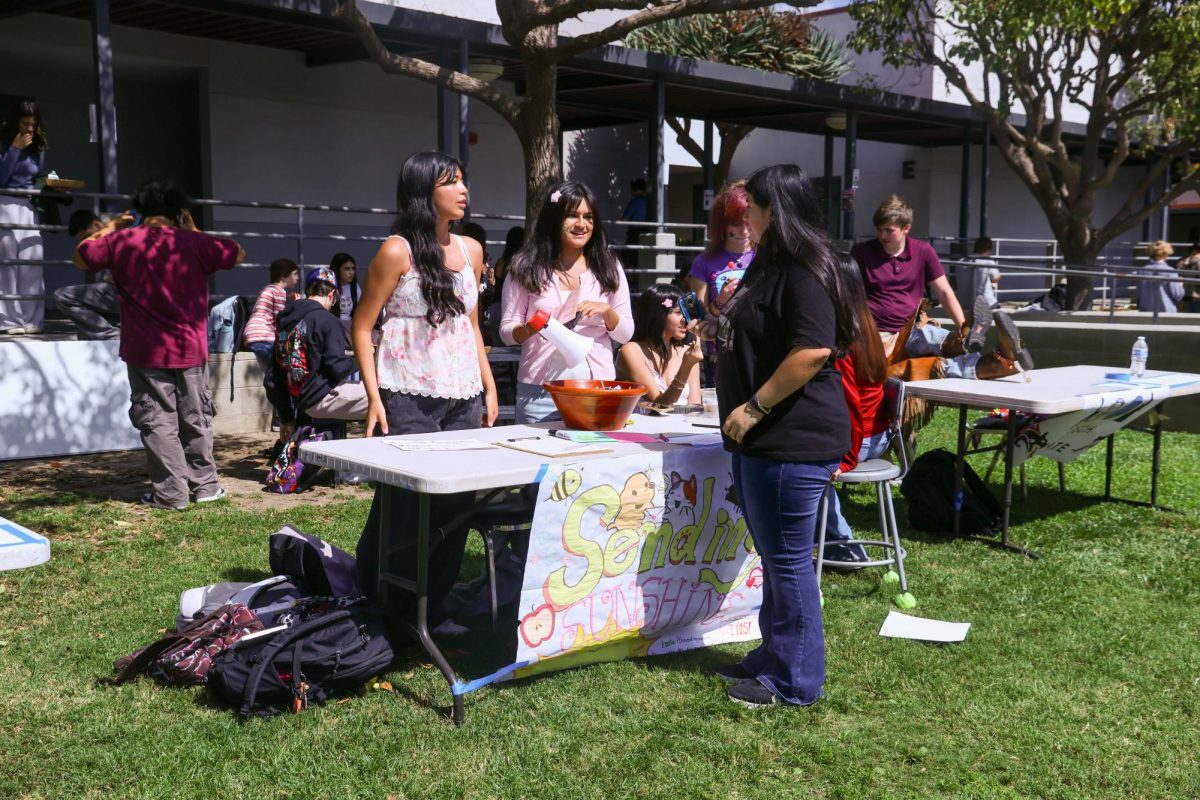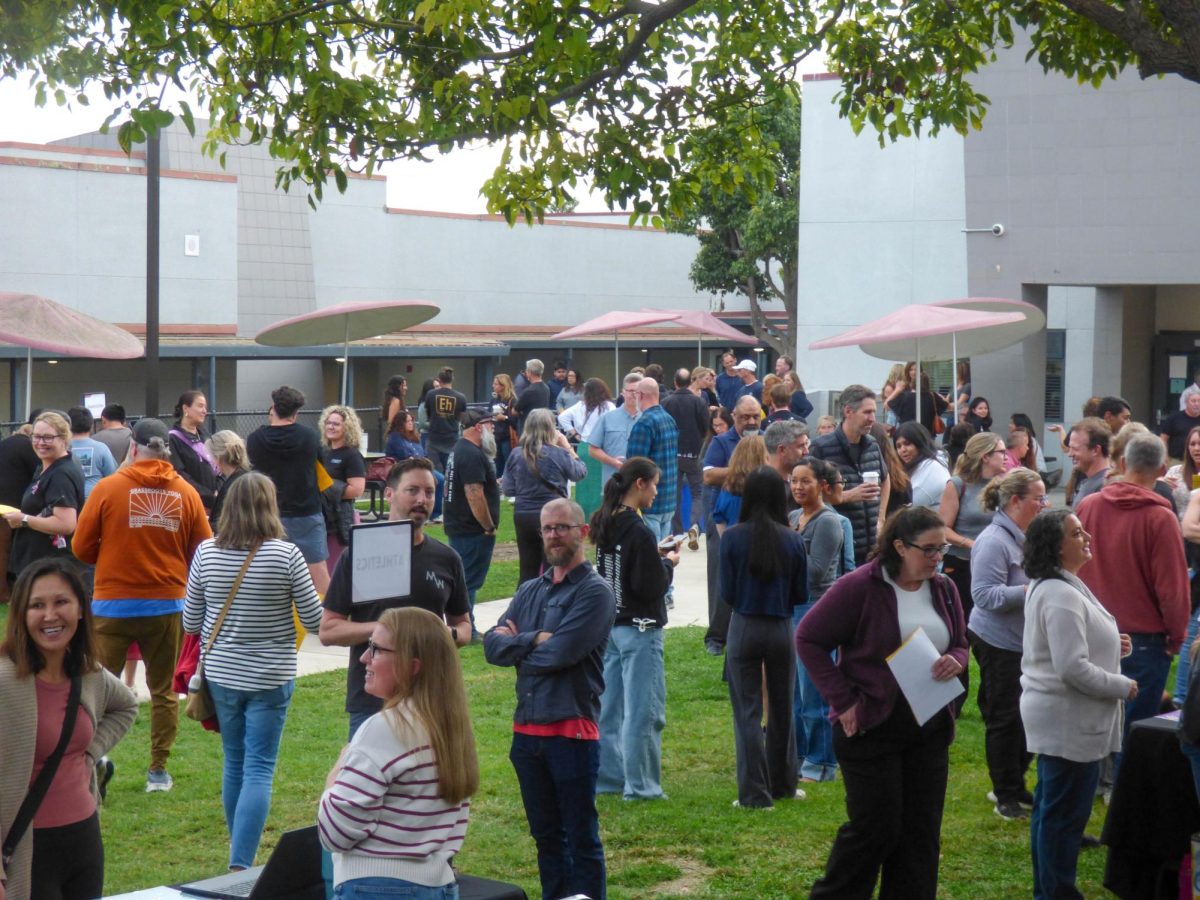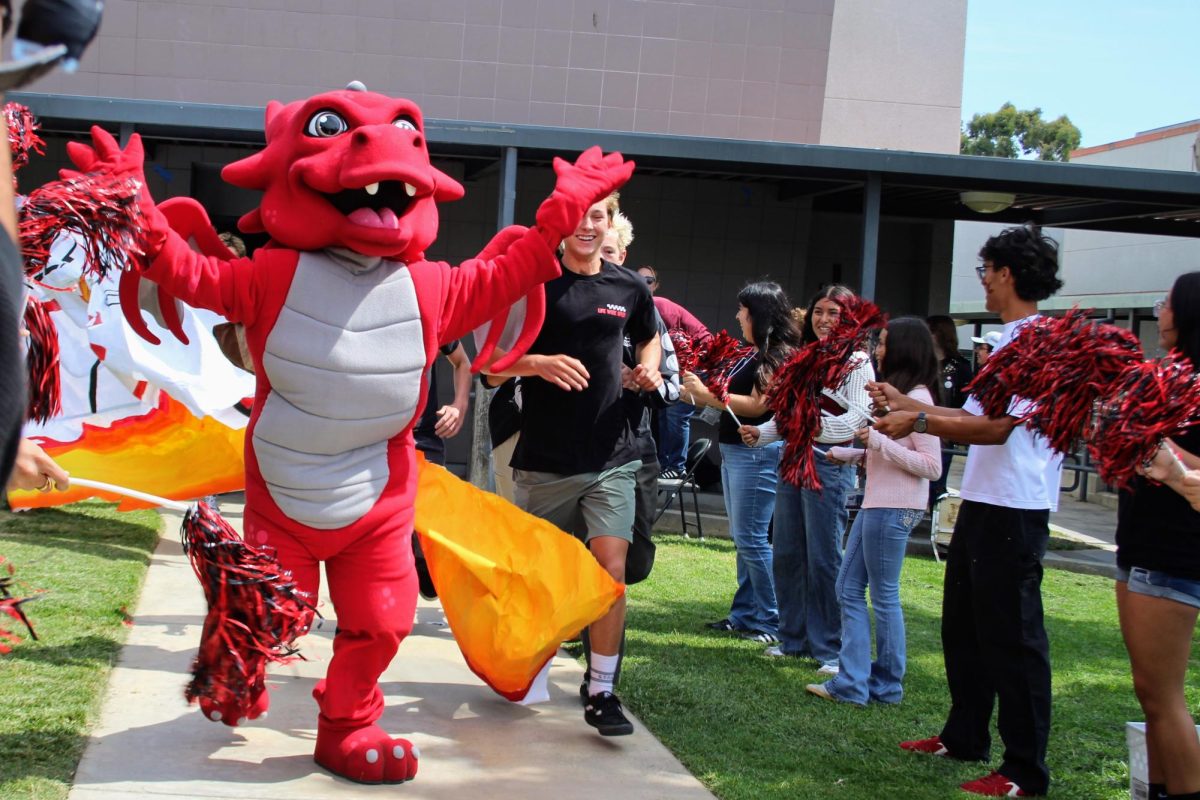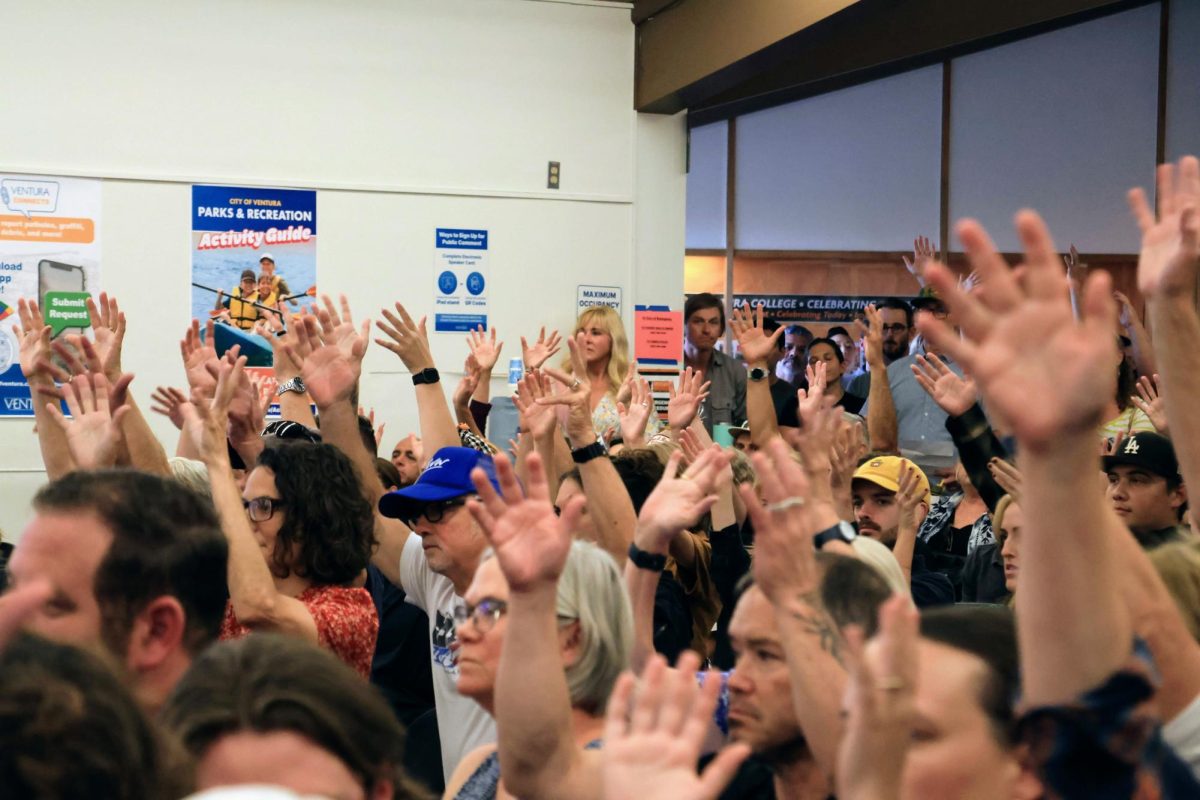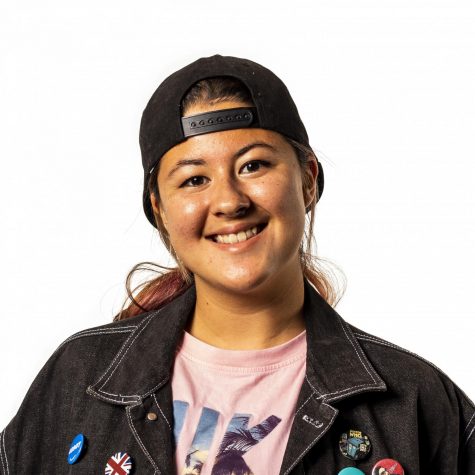To give students a deeper understanding of the election process and the nuances of presidential campaigns, teacher Cherie Eulau first launched the annual presidential election simulation for the senior class about a decade ago. The project is now used by her colleagues Dan Fitz-Patrick and Richard Geib as well.
The simulation was designed to replicate a real presidential election as closely as the micro-environment would allow with appointed campaign managers and Political Action Committees (Super PACs) in the form of posters, TV ads and social media accounts. “I can sit there and say it,” Geib said, “but it’s much more effective when they actually see it happening.”
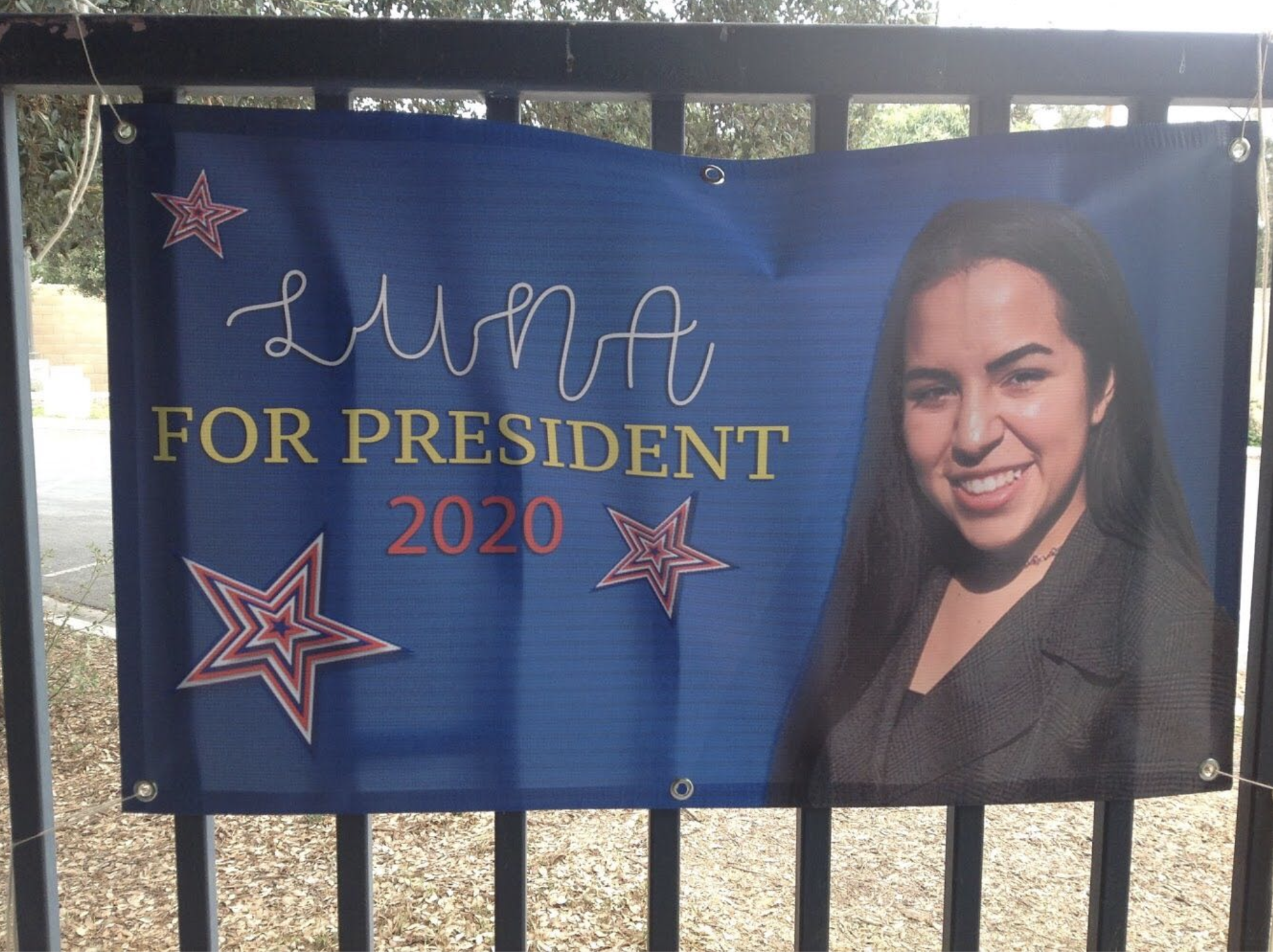
Geib believes that seeing all of the different components of the project— negative campaigning and scandals, specifically— helps students “understand exactly how that works.”
Therefore, the authentic nature of the simulation provides students with what the instructors hoped would be a valuable experience for students, especially those who wish to enter the political field.
As Winter Break draws nearer, the project for both the Advanced Placement and College Preparatory classes have come to a close, leaving students with the opportunity to reflect on the lessons they learned, the benefits they gained and their overall takeaways from the project.
Three presidential candidates in particular—Vanessa Luna ‘19, Ian Ingram ‘19 and Nick Hannigan ‘19—seemed to have a similar experience with the project.
All three agreed the project was a fun and ultimately enlightening ordeal, as they learned the ins and outs of American politics through actually experiencing it. They also brought up teamwork as a significant factor involved in the project itself, whether it be the importance of having “good people around you,” as Ingram stated, or simply the principle that “communication is key,” as Luna observed.
Despite the disparity between his own political beliefs and Foothill’s “profoundly liberal” demographic, Ingram expressed his respect for his peers’ ability to distinguish that “all of our ideas and all of our ideologies are meant to achieve the common good.”
This ideal not only allowed Ingram to win his class’s election but also conveyed their willingness to “sacrifice” the politics they identify with to choose “somebody who’s suited to do the job itself.”
Ingram’s conclusion parallels what Fitz-Patrick believes the benefits of the project are for the students. “There’s very little compromise,” Fitz-Patrick said about the political climate of today.
He believes the project allows students to “see how many times people are really good people—they just have different political views.”
Fitz-Patrick thinks the project is beneficial to students hoping to enter the political field.
“I think they realize that you have to be thick-skinned, and you have to be organized, and you have to have people who are highly motivated,” he said. “You can’t micromanage; you have to spread the workload across your campaign party.”
Alternatively, Hannigan enjoyed having the opportunity to “go out and talk to different people and make [himself] known as a figure,” as well as learning “what it takes to be a public figure.”
Hannigan admitted that “it does get kind of stressful when you’re supposed to rely on a group of your peers to do a job for you, and you’re responsible even though you’re not doing it.”
Luna thinks that the project taught her “how politics and government work,” and will ultimately be better prepared to enter politics, her preferred line of work in the future.
Similarly, Eulau believes that the project is a critical experience for students looking to enter the political field, and emphasized the fact that the mock election “still mimics actual politics.”
As November left the mock elections in its wake, they were ultimately met with a positive reception by Luna, saying that “it was very fun and entertaining.”
“I really did enjoy this way of learning because I did learn a lot,” she said.



